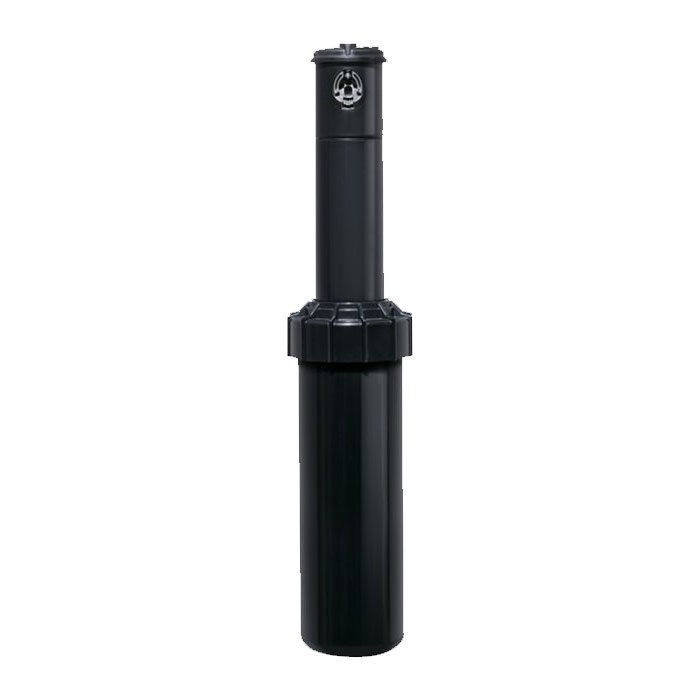Replacing An Irrigation Valve Diaphragm
A malfunctioning valve can deal serious damage to your landscape or irrigation equipment. Therefore, tackle valve repairs as soon as you notice something wrong. But before you look at the valves let’s check your irrigation wiring. Faulty wiring causes many irrigation problems. A poor wire connection or shorted wire can cause a valve to fail to open or close. Begin by turning off the circuit breaker controlling the power to your irrigation system. Next check all your wire connections (automatic timer, valves, master control valve) Corroded wires due to water seepage is a common cause of wiring malfunctions. Use a continuity tester also known as a “multitester” to track down breaks in the circuit. Repair any faulty wiring making sure your connections are waterproof by using a grease cap.

Repairing Irrigation Valves
If none of your zones operate you want to check your master control valve. You may have simply forgotten to turn it on after you winterized during the previous year. If just one zone is malfunctioning the problem is probably due to a valve in that particular zone. Many water distribution problems can be corrected by adjusting the flow control on the valve. Most valves can be adjusted with a wrench by hand depending on the manufacturer. If a zone does not shut off automatically it is probably a problem with the zone control valve. You can try to dislodge any dirt or debris stuck in the diaphragm of the valve by using an external bleed screw. If the problem still persists you will need to disassemble and clean out the valve by following the manufacturer’s instruction.
General Steps To Replace Valve Internals:
- Turn off the water supply
- Unscrew the valve bonnet from the valve body
- Remove the valve bonnet assembly and spring
- Gently pry the diaphragm out of its seat
- Flush out the valve body and seat with clean water
- Press in a new diaphragm
- Replace the spring and the valve bonnet
- Tighten the screws or the hold-down ring
- Turn on the water
- Check for leaks

Your main priority, if you have a cracked or damaged valve body or bonnet, is to replace it immediately. If a manual valve is leaking or becomes hard to turn you should first check the packing nut. The packing nut is located at the top of the valve bonnet where the stem enters the valve. This is a very commonplace to find a leak. Start by loosening the packing nut. If the problem has not corrected itself check the threads on the valve stem. If the threads are damaged you will need to replace the entire valve stem.



























